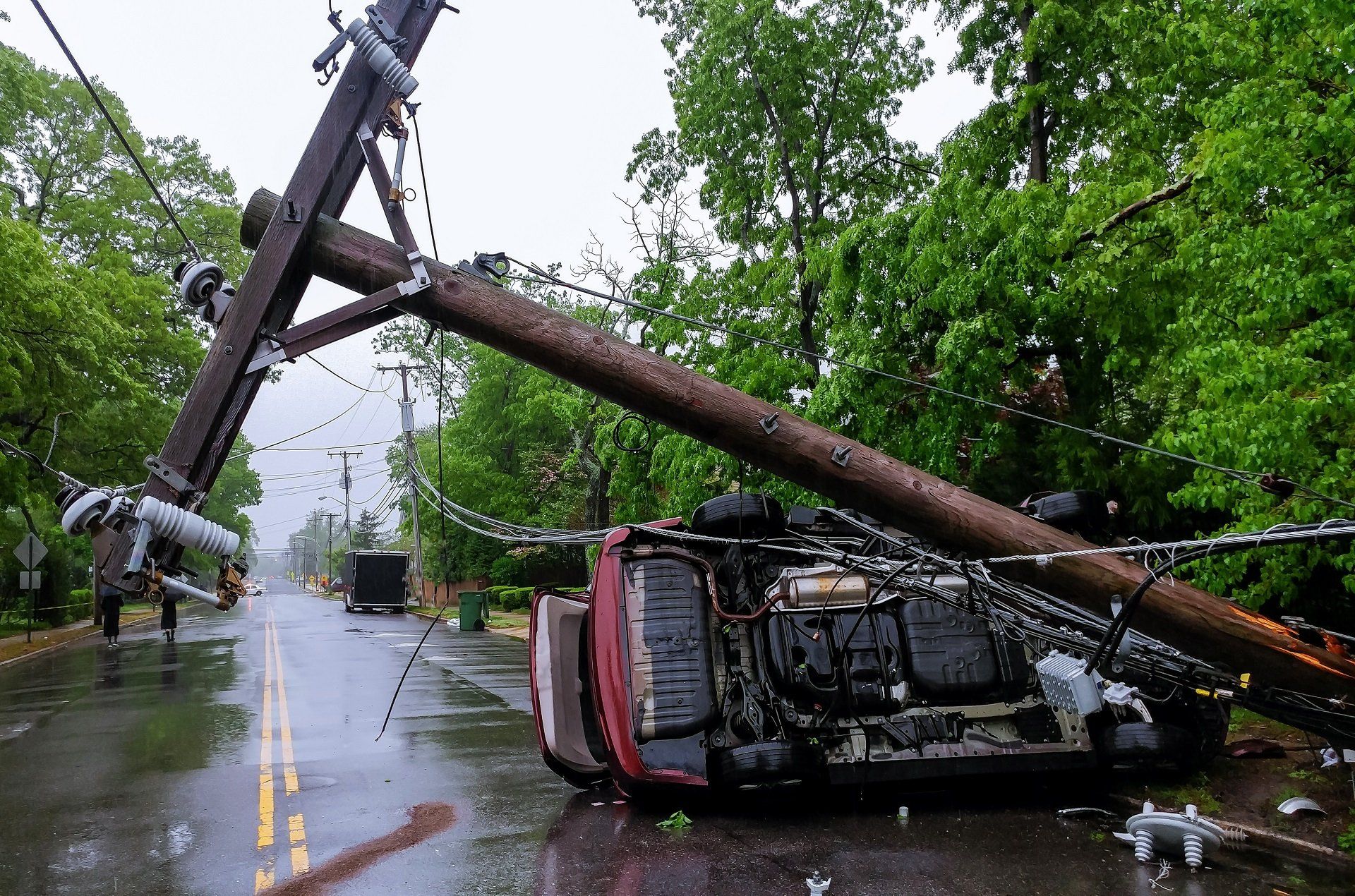Flash Crash and Stop-Loss Orders
April 17, 2012
On May 6, 2010, there was a “flash crash” in the equity markets. For example, the Dow Jones Industrial Average declined nearly 1,000 points before bouncing back somewhat by the close of the trading day. Many investment and retirement accounts were not likely harmed by the flash crash. But some investors, contrary to their expectation, were surprised by the losses that occurred in their accounts as a result of stop-loss orders. Generally, there are two kinds of stop orders: stop-loss orders and stop-limit orders.
Stop-Loss Orders
A stop-loss order is a tool to protect investors by triggering a sale when a stock reaches a certain price. A stop-loss order is placed with your financial advisor to sell a stock when it reaches a certain price. It is designed to limit an investor’s loss on a stock. For example, to reduce the risk of loss on a stock purchased at $100.00 per share, a stop-loss order for $90.00 per share or 10% below the price paid for the stock should limit your loss to 10%.
However, stop-loss order is also known as a stop market order. It becomes executable once a set price has been reached and the order converts to a market order that is then filled at the current market price. Because a stop-loss order is filled at the market price after the stop price has been hit, it’s possible that you could get a sell order entered well below the set price in fast-moving markets. This is what happened on May 6, 2010.
Stop-Limit Order
A stop-limit order is an order placed with a financial advisor that combines the features of stop order with those of a limit order. A stop-limit order will be executed at a specified price after a given stop price has been reached. Once the stop price is reached, the stop-limit order becomes a limit order to sell at the limit price or better. The benefit of a stop-limit order is that the investor has control over when the order is filled. The downside of a limit order is that there is no guarantee that the order will be executed. Because a stop-limit order is filled at the limit price after the limit price has been hit, it’s possible that you may not get a sell order executed because in fast-moving down markets, the price has fallen below the limit price before any trade could be filled.
How does this affect your account? If you are trying to reduce the risk of loss on a stock position in your account, your financial advisor should explain the differences between a stop-loss order and a stop-limit order and understand what your investment objective is for the stock position and the account. A stop-loss order says stop the loss and sell at the stated price or lower. A stop-limit order says sell at this price but don’t sell if the price drops below the set limit price. In a fast moving market that occurred on May 6th, if you had stop-loss orders pending, your orders may have been filled at a price well below the expected trigger price. If you had stop-limit orders entered, your orders may not have executed at all.
There are other strategies to reduce the risks associated with investing in securities. Just because an account or an individual investment has decreased in value does not necessarily mean that a financial adviser has acted inappropriately. At Crary Buchanan, we provide consultations concerning investment, retirement and trust account losses . We invite you to call us to discuss your rights and remedies under the law.
The post Flash Crash and Stop-Loss Orders appeared first on Crary Buchanan.
Disclaimer: The information on this website and blog is for general informational purposes only and is not professional advice. We make no guarantees of accuracy or completeness. We disclaim all liability for errors, omissions, or reliance on this content. Always consult a qualified professional for specific guidance.






